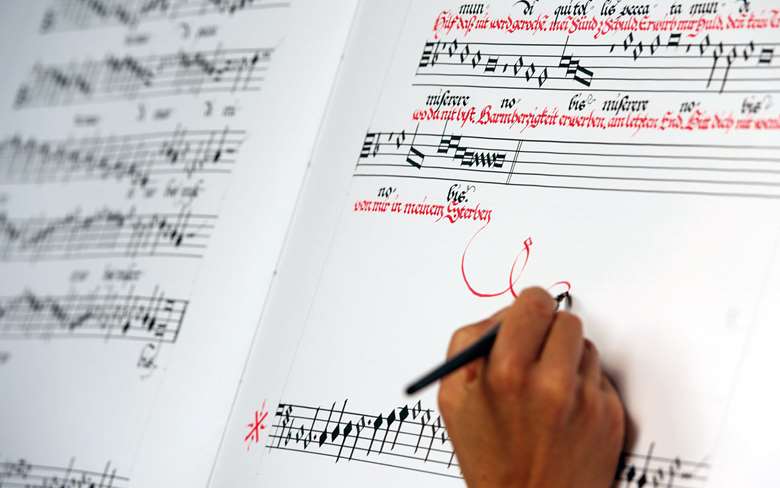Shining a light on a hidden Renaissance gem: Obrecht's Missa Maria zart
Fabrice Fitch
Wednesday, July 5, 2023
Cappella Pratensis have created a unique new manuscript to get even closer to the heart of Obrecht’s Missa Maria zart, the longest Renaissance Mass setting

Register now to continue reading
Thanks for exploring the Gramophone website. Sign up for a free account today to enjoy the following benefits:
- Free access to 3 subscriber-only articles per month
- Unlimited access to our news, podcasts and awards pages
- Free weekly email newsletter













